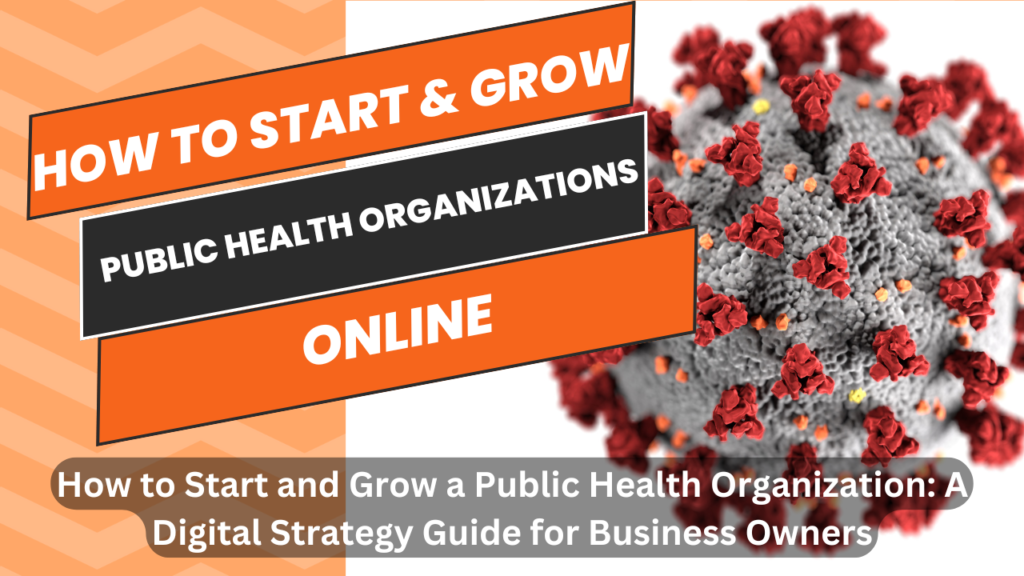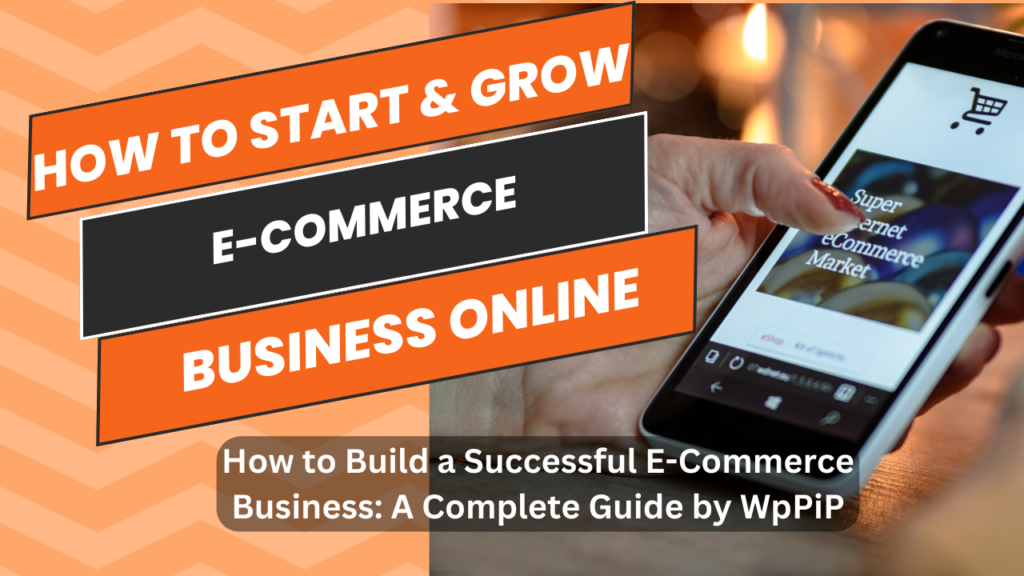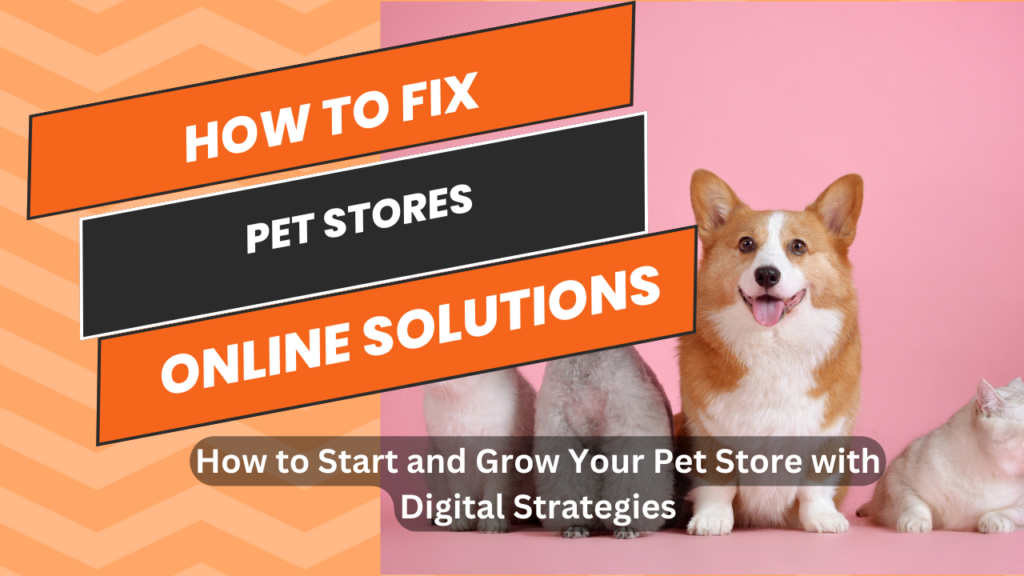In today’s fast-paced and highly digital world, the success of any organization, including public health organizations, heavily relies on having a robust and well-executed online presence. Whether you are just starting a public health organization or seeking to grow an existing one, implementing the right digital strategies can significantly impact your ability to reach your target audience, engage with stakeholders, and make a real difference in public health outcomes.
At WpPiP, we specialize in providing tailored digital solutions for businesses, including public health organizations, to help them grow and thrive online. In this blog post, we’ll walk you through key digital strategies that will help you build a strong foundation for your public health organization. These strategies cover essential areas like web development, digital marketing, and video content creation—key pillars for a successful online presence.
1. Establishing a Visually Appealing Website
The cornerstone of your public health organization’s digital presence starts with a well-designed website. Your website serves as your organization’s virtual home, where visitors will learn about your mission, services, and upcoming initiatives. A professional, easy-to-navigate website can boost credibility and inspire trust among visitors, particularly when addressing sensitive topics like public health.
Key Tips for a Strong Website:
a) User-Friendly Design: The first thing to prioritize is user experience (UX). Your website should be easy to navigate, with intuitive menus, fast loading times, and accessible content. Users should be able to find the information they need quickly and without frustration. Ensure that the design is clean, with sufficient white space and a logical flow of content.
b) Mobile Optimization: With a growing number of users browsing the web on mobile devices, having a responsive website design that adapts to various screen sizes is crucial. Google prioritizes mobile-friendly websites in search rankings, so optimizing for mobile can also boost your search engine visibility.
c) Clear Calls to Action (CTAs): Encourage site visitors to take the next step by implementing clear and compelling CTAs. Whether you want them to donate, sign up for a newsletter, or contact you for more information, make sure the CTAs stand out.
d) Relevant Content: Your website should clearly convey your public health organization’s mission and the services you offer. Include up-to-date content, blogs, resources, or articles that reflect your organization’s focus and showcase your expertise. This will position your organization as a trusted authority in the public health field.
At WpPiP, our web development team can help you create a website that reflects your organization’s values while ensuring it functions seamlessly across all platforms and devices. From design to development, we work with you to create a website that aligns with your goals and engages your audience effectively.
2. Leveraging Digital Marketing for Growth
Digital marketing is a game-changer for public health organizations looking to reach and engage with their target audience. By tapping into digital marketing strategies, you can extend your reach, build awareness, and foster deeper relationships with those who share your cause.
Key Strategies for Digital Marketing:
a) Search Engine Optimization (SEO): SEO is the practice of optimizing your website content to rank higher on search engines like Google. As public health-related topics are highly searched, appearing at the top of search results can drastically increase the visibility of your organization. By focusing on relevant keywords, such as “public health initiatives,” “health awareness programs,” or “health promotion,” you can drive organic traffic to your site.
b) Content Marketing: Creating valuable content is a powerful way to connect with your audience. Whether it’s blog posts, newsletters, white papers, or infographics, offering valuable and relevant content can establish your public health organization as a thought leader in the industry. Focus on addressing common health concerns, providing solutions, and sharing case studies or success stories.
c) Social Media Marketing: Social media platforms like Facebook, Twitter, LinkedIn, and Instagram provide an incredible opportunity to engage with your audience on a personal level. You can use social media to share updates on your organization’s efforts, engage in discussions, and increase awareness of public health issues.
d) Email Marketing: Email marketing continues to be one of the most effective ways to nurture relationships with your supporters. Use email campaigns to provide valuable information, share success stories, and remind subscribers about upcoming events or donation opportunities.
WpPiP’s digital marketing team can help you develop a comprehensive digital marketing strategy tailored to the unique needs of your public health organization. We specialize in SEO, content creation, and social media strategies to help you achieve your goals and reach the right audience.
3. Using Video Content to Engage and Educate
Video content is one of the most effective ways to grab attention, engage viewers, and communicate your organization’s mission in a compelling and emotional way. Whether it’s a short video on social media or a detailed documentary-style video on your website, video content can bring your message to life in ways that text alone cannot.
Key Tips for Effective Video Marketing:
a) Share Real-Life Stories: Videos that tell real-life stories about the impact your organization has on the community can inspire action. Whether it’s an interview with a beneficiary of your health initiatives or footage of a public health event, storytelling can create a deep connection with your audience.
b) Educational Videos: Public health organizations can leverage video to educate the public about health risks, preventive measures, and wellness tips. Videos about disease prevention, vaccination campaigns, and general health tips can serve as a great resource for your audience and position your organization as an authority on public health.
c) Live Streaming for Events: Live streaming is a fantastic way to engage your audience during public health webinars, conferences, or events. This can also be an excellent opportunity for real-time interaction, allowing your audience to ask questions, provide feedback, and feel involved.
d) Short, Digestible Content: In today’s fast-paced world, short-form video content (under 60 seconds) is highly effective on platforms like Instagram, TikTok, and Twitter. These videos can be used to share bite-sized health tips or quick updates about your organization’s work.
WpPiP’s video production team can help you create high-quality, engaging video content that resonates with your audience. Whether it’s pre-recorded content or live-streaming an event, we’re here to bring your public health message to life with impactful visuals and compelling storytelling.
4. Enhancing Community Engagement with Social Media Marketing
A strong social media presence is essential for public health organizations that want to build a loyal and engaged community. Social media platforms allow you to connect with your audience directly, share your organization’s initiatives, and foster conversations about public health topics.
Tips for Effective Social Media Marketing:
a) Be Consistent: Consistency is key to growing your social media presence. Create a content calendar to ensure you post regularly and at optimal times. Share informative posts, success stories, and updates about your organization’s work.
b) Engage with Your Audience: Social media is not just about broadcasting messages; it’s about having two-way conversations. Respond to comments, answer questions, and engage with your followers on a personal level. Show that your organization cares about their thoughts and feedback.
c) Use Hashtags: Hashtags make your content discoverable on platforms like Instagram and Twitter. Use relevant health-related hashtags, such as #PublicHealth, #HealthAwareness, and #HealthEducation, to reach a broader audience.
d) Collaborate with Influencers: Partnering with influencers or thought leaders in the public health sector can increase your organization’s reach. Influencers can help amplify your message, educate their followers, and drive traffic to your website.
WpPiP’s social media marketing team can assist in creating and executing a strategy tailored to your public health organization’s needs. From content creation to managing your social media profiles, we help ensure you are effectively engaging with your audience across all platforms.
Conclusion: Let WpPiP Help You Achieve Your Digital Growth Goals
Starting and growing a public health organization in today’s digital landscape requires a strong online presence backed by strategic digital marketing, web development, and engaging video content. By focusing on these key digital strategies, you can effectively reach your target audience, engage stakeholders, and establish your organization as a trusted authority in the field of public health.
At WpPiP, we are committed to helping public health organizations thrive online. Our expert team specializes in web development, digital marketing, and video editing, offering customized solutions that align with your organization’s unique needs. Whether you’re looking to build a new website, boost your online visibility with SEO, or create engaging video content, we are here to help you achieve your digital growth goals.
Ready to grow your public health organization online? Contact WpPiP today for professional assistance in achieving your digital marketing goals and expanding your reach. Let’s work together to make a positive impact on public health through the power of the internet!
4o mini



